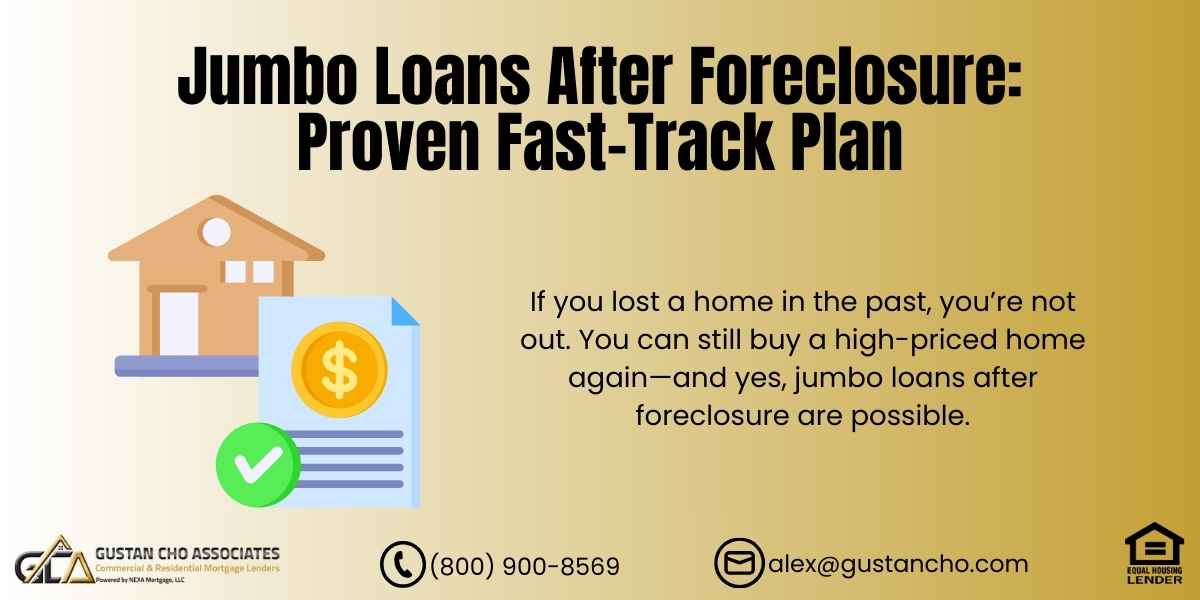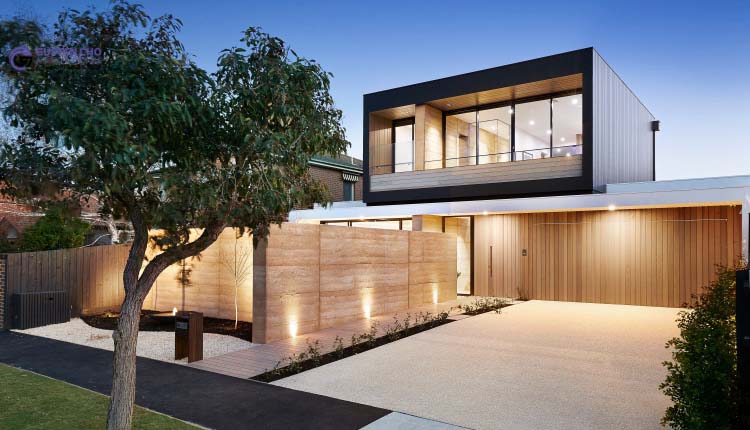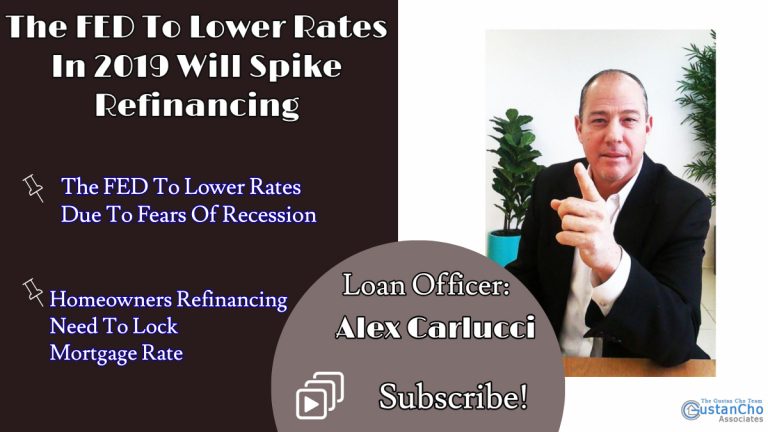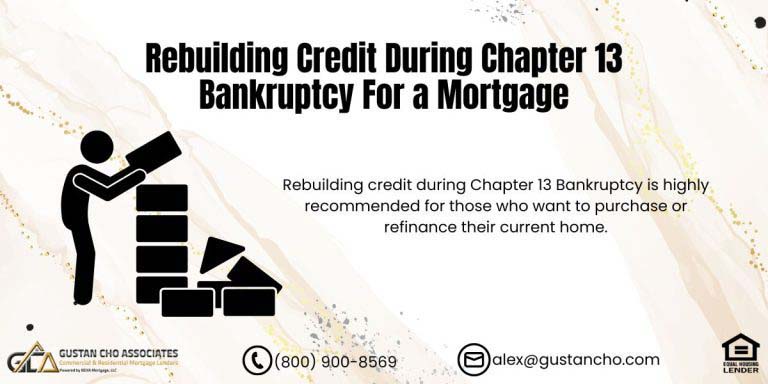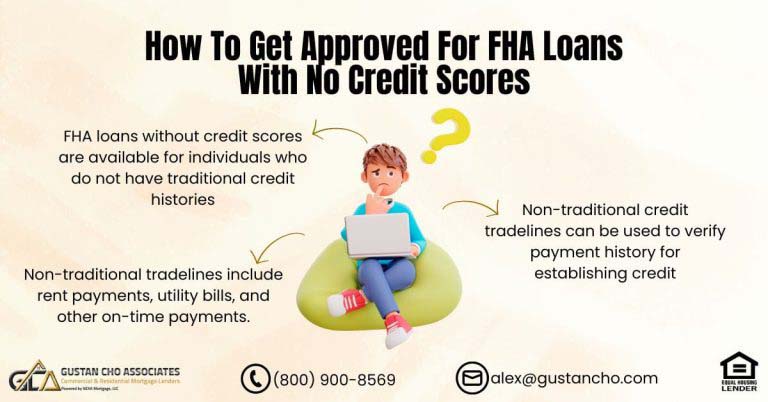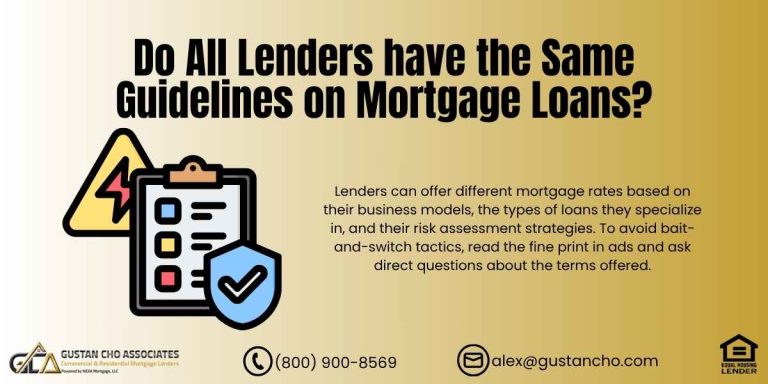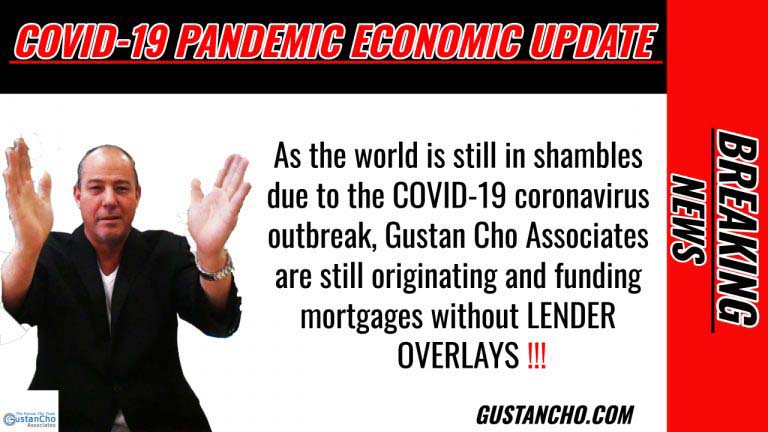Jumbo Loans After Foreclosure (2025 Guide): Buy Big Again—Sooner, Smarter, With a Plan
If you lost a home in the past, you’re not out. You can still buy a high-priced home again—and yes, jumbo loans after foreclosure are possible. This plain-English guide shows you how jumbo loans work in 2025, the real rules on waiting periods, what non-QM “no-wait” programs look like, and the exact steps to get approved with Gustan Cho Associates. Our goal: give you a clear path from “I’m unsure” to “I’ve got keys.”
What “Jumbo” Means in 2025 (and Why it Matters)
A loan is “jumbo” when it’s above the conforming loan limit. For 2025, the baseline conforming limit is $806,500 for a 1-unit home in most counties, with a ceiling of $1,209,750 in high-cost areas. Loans bigger than your county’s limit are jumbo (non-conforming).
Why open with this? Searchers for jumbo loans after foreclosure need to know if their target price is above those limits. If it is, you’re in jumbo territory—and different rules apply than standard conforming loans.
Quick check: FHA buyers also saw 2025 limit increases. The FHA floor is $524,225, and the FHA ceiling is $1,209,750 for 1-unit homes. That doesn’t make a loan “jumbo.” However, it helps you compare options if you’re still weighing jumbo loans versus FHA or conforming routes.
The Big Question: How long do I have to wait after a foreclosure?
The general rule for conventional (Fannie Mae) financing is 7 years from the foreclosure completion date, with a possible 3-year exception for proven extenuating circumstances (extra conditions apply). That’s the agency standard—and it’s strict.
Many prime jumbo investors set seasoning rules similar to (or stricter than) agency timelines, often requiring 7 years after foreclosure. That’s why shoppers for jumbo loans after foreclosure often hit a wall with big banks and standard jumbo channels.
Ready for a Jumbo Loan After Foreclosure?
Follow our proven fast-track plan to qualify sooner than you think.
The Workaround: Non-QM jumbo loans after foreclosure (even “one-day-out”)
Here’s the good news. Portfolio and non-QM lenders can allow jumbo loans after foreclosure much sooner—sometimes with no formal waiting period (often called “one-day-out”), if the rest of your file is strong. Expect larger down payments and risk-based pricing. These are not agency loans; they’re make-sense portfolio loans underwritten by investors who keep or price the risk differently.
What “no-wait” usually means in the real world:
- Down payment: Common tiers for jumbo loans after foreclosure start around 20%–30% +, depending on credit, property use, and loan size.
- Rates & fees: priced to risk. Lower scores, higher LTV, recent housing events, and limited reserves = higher rate/points.
- Reserves: expect months of reserves (sometimes 6–12+ months of full PITI).
- Credit profile: Re-established credit matters—a clean 12–24 month history since the event helps with jumbo loans after foreclosure.
2025 Market Update: What Changed and Why You Should Care
- Loan limits rose again. As noted, conforming rose to $806,500 baseline and $1,209,750 ceiling for a 1-unit. If your price target sits above your county’s conforming limit, you’ll look at jumbo loans or consider non-QM alternatives while you rebuild.
- FHA limits rose, too. If you’re on the fence between FHA and jumbo, remember FHA’s 2025 floor $524,225/ceiling $1,209,750. Jumbo may still be needed for high-priced areas or borrowers using alternative income methods.
Traditional Jumbo vs. Non-QM: Which Route Fits You?
Both can get you into a high-priced home, but play by different rules. If you’re comparing paths for jumbo loans after foreclosure, here’s what to weigh:
Traditional Jumbo (Prime, Non-Agency but Conforming-Style Rules)
Traditional jumbo loans follow some basic rules and have their ups and downs. On the bright side, they usually come with lower rates and better deals for folks who have been in the game for over seven years, have excellent credit, solid income, and healthy savings. But there are a few hiccups to keep in mind, especially when it comes to seasoning requirements.
After a major housing event, it can be tough to snag a traditional jumbo loan right away since many lenders want a seven-year period after a foreclosure before you can qualify.
Foreclosure Doesn’t End Your Homeownership Goals
Learn the jumbo loan strategies that can put you back in a new home faster.
Non-QM / Portfolio Jumbo
Non-QM and Portfolio Jumbo loans offer several advantages, such as flexible seasoning options, including the possibility of “one-day-out,” and more accommodating income verification methods such as bank statements, asset depletion, and debt service coverage ratios for investment properties. These features make them particularly suited for jumbo loans following a foreclosure, especially for those who need access to funds sooner than the typical seven-year waiting period.
However, borrowers should be aware of some downsides, including the requirement for higher down payments, elevated interest rates and fees, and substantial reserves. It’s important to note that the terms of these loans can improve the longer the time since the financial event and the stronger the borrower’s overall profile.
Documentation Paths That Can Help After a Foreclosure
If you’re aiming for jumbo loans after foreclosure, matching the doc type to your income is key:
- Full Doc (W-2 / tax returns): Best pricing if your credit has recovered and your DTI is within program limits.
- Bank-Statement Loans (12–24 months): Great for self-employed borrowers who write off expenses. Many non-QM investors allow this at jumbo sizes, even after a housing event (with the right DP/reserves).
- Asset-Depletion / Asset-Qualifying: Use liquid assets to qualify as income. This is helpful for retirees, business owners, or high-net-worth borrowers seeking jumbo loans without traditional income.
- DSCR (investment properties): Qualify off the property’s cash flow, not your personal DTI. It is not for primary homes, but a powerful tool if you’re rebuilding and still want to invest in real estate while pursuing jumbo loans.
What Lenders Look For (So You Can Prep the Strongest File)
Think like an underwriter when shopping jumbo loans after foreclosure:
- Seasoning & timeline: Be exact about dates (trustee’s deed/recorded completion). If you’re under 7 years, expect traditional jumbo pushback and steer to non-QM options for jumbo loans after foreclosure.
- Re-established credit: Aim for 12–24 months of clean payments. Any new late housing or revolving/auto lates will hurt. A clean history helps with pricing on jumbo loans.
- Down payment and reserves: A bigger down payment equals lower risk. Stacking 6–12+ months’ reserves shows staying power—huge for jumbo loans with recent credit events.
- DTI and income stability: Keep DTI in check (programs vary). For the self-employed, line up bank statements early. This is where we shine—structuring non-QM jumbo loans tailored to your docs after foreclosure.
- Property and purpose: Primary residences get the best terms, second homes next, and investments the tightest. This tiering matters a lot for jumbo loans.
Realistic Expectations on Rates, Points, and Fees
Pricing is risk-based. On jumbo loans after foreclosure, two files with the same purchase price can price very differently. What moves the needle:
- Recency of the foreclosure (yesterday vs. 4 years ago).
- Credit score tiers (e.g., 700+ vs. mid-600s).
- LTV (20% down vs. 30%+ down).
- Reserves (2 months vs. 12+ months).
- Doc type (full doc vs. bank statements or assets).
Expect non-QM to start higher than prime jumbo, but softens as your profile improves. This is normal for jumbo loans after the first 1–3 years post-event.
Fast Reference: Which Lane am I in?
Use this simple logic if you want jumbo loans after foreclosure:
- < 3 years since foreclosure: You’ll need non-QM with a larger down payment and strong reserves. “One-day-out” options exist for well-qualified buyers.
- 3–7 years since foreclosure: Mix of options. Strong files might see tiered non-QM pricing that improves every year removed from the event. Traditional jumbo usually still says “wait” until year 7.
- 7+ years since foreclosure: Traditional jumbo re-opens (subject to credit, DTI, reserves). If you prefer flexible docs, non-QM may remain attractive, but you’ll likely have more choices for jumbo loans after foreclosure.
Step-by-Step: How We Get You Approved at Gustan Cho Associates
We do this every day. Here’s our simple plan for jumbo loans after foreclosure:
1. Quick discovery call (10–15 minutes).
We confirm timeline, price target, county limits, and doc path (W-2, bank statements, assets). If your price is above your county’s limit, you’re a fit for jumbo loans after foreclosure.
2. Smart pre-underwrite.
We collect only what’s needed. We review credit, source assets, and right-size reserves for your target loan. If a “one-day-out” path fits, we’ll quote realistic terms for jumbo loans now and provide a roadmap to better pricing in 6–12 months.
3. Program match.
Traditional jumbo, bank-statement jumbo, asset-depletion, or DSCR (for investments)—we shop multiple investors so your jumbo loan quote isn’t one-size-fits-all.
4. Offer-ready pre-approval.
We arm you and your agent with a tight pre-approval so your jumbo loan offer competes with clean files.
5. Close and plan ahead.
After you close, we map your next move—rate-and-term refi or switch from non-QM to a prime jumbo channel when seasoning and credit improve. That way, jumbo loans after foreclosure become a stepping stone, not a dead end.
Pro Tips to Strengthen Your File (and Pay Less)
- Boost reserves early. Moving funds at the last minute can cause sourcing headaches on jumbo loans.
- Avoid new lates. A single 30-day late in the last 12 months can raise pricing or sink a borderline approval.
- Keep DTI stable. Don’t add a new car loan during pre-approval. Protect your jumbo loans after the foreclosure plan.
- Tell us your 12-month plan. If you get a bonus, RSU vest, or business wind-down, we can better time your jumbo loan terms.
- Target the right property type: primary, second home, or investment, for pricing and flexibility, especially with jumbo loans after foreclosure.
Jumbo Loans Made Possible After Foreclosure
Understand waiting periods, guidelines, and how to rebuild quickly.
Why Work With Gustan Cho Associates
We specialize in tough files that other lenders turn down. Our team has access to traditional jumbo and multiple non-QM investors, so we can build a file around you, not force you into a box. If you’re shopping for jumbo loans after foreclosure, we’ll give you straight talk, a real quote, and a plan to improve terms over time.
Ready to move?
If your price target exceeds the conforming limit, don’t wait seven years to restart your life. Gustan Cho Associates will shop traditional jumbo and non-QM investors and build the cleanest, most competitive approval for jumbo loans after foreclosure, which will then help you improve terms over time.
Borrowers who need a five-star national mortgage company licensed in 50 states with no overlays and who are experts on jumbo loans, please contact us at 800-900-8569, text us for a faster response, or email us at alex@gustancho.com. The team at Gustan Cho Associates is available 7 days a week, on evenings, weekends, and holidays.
Frequently Asked Questions About Jumbo Loans After Foreclosure:
Q: Can I Really Get a Jumbo Mortgage Right After Foreclosure?
A: Yes, non-QM portfolio investors allow jumbo loans after foreclosure with “no-wait” seasoning. Expect higher down payments and reserves.
Q: What is the 2025 Conforming Limit (so I Know if My Loan is Jumbo)?
A: $806,500 baseline and up to $1,209,750 in high-cost areas for a 1-unit home. Anything above your county’s limit is jumbo.
Q: How Long is the Conventional Waiting Period After Foreclosure?
A: Seven years in most cases; three years with documented extenuating circumstances (extra conditions apply). That’s why many pursue jumbo loans first via non-QM.
Q: Do Big Banks Follow the 7-Year Rule, Too?
A: Many prime jumbo investors mirror 7-year seasoning after foreclosure, so jumbo loans often require portfolio/non-QM routes earlier.
Q: What Down Payment Should I Expect?
A: For non-QM jumbo loans after foreclosure, plan on 20%–30%+, depending on credit, loan size, and the recent event. A larger down payment often improves pricing.
Q: Can Self-Employed Borrowers Qualify Without Tax Returns?
A: Yes. Bank statements or asset-depletion programs are common for non-QM jumbo loans after foreclosure.
Q: What About FHA as a Fallback?
A: FHA isn’t “jumbo,” but its 2025 floor $524,225/ceiling $1,209,750 might fit your price point if you don’t need a jumbo amount. It also has shorter seasoning than conventional.
Q: Will My Rate be High Forever?
A: No. As seasoning, credit, and LTV improve, pricing typically gets better. Many borrowers refinance non-QM jumbo loans after foreclosure into prime channels later.
Q: How Many Months of Reserves do I Need?
A: Program-specific, but 6–12+ months of PITI is common for non-QM jumbo loans after foreclosure, especially soon after a housing event.
Q: How do I Start?
A: Click “Apply Now” at Gustan Cho Associates or reach out for a same-day review. We’ll map the fastest, lowest-stress route to jumbo loans after foreclosure for your situation.
This article about “Jumbo Loans After Foreclosure: Proven Fast-Track Plan” was updated on August 15th, 2025.
From Foreclosure to Jumbo Loan Approval
See how borrowers are qualifying for jumbo loans sooner than expected.


